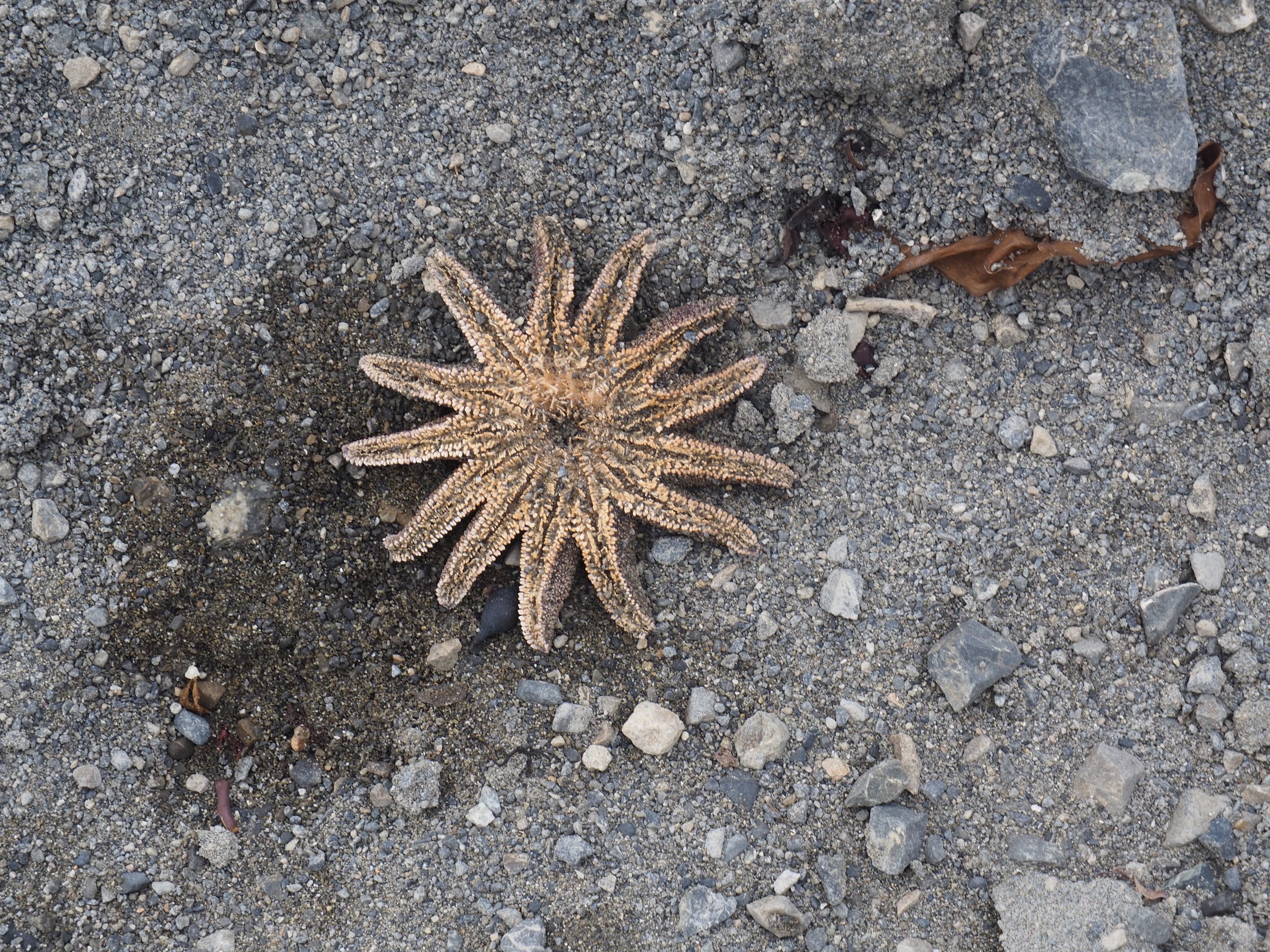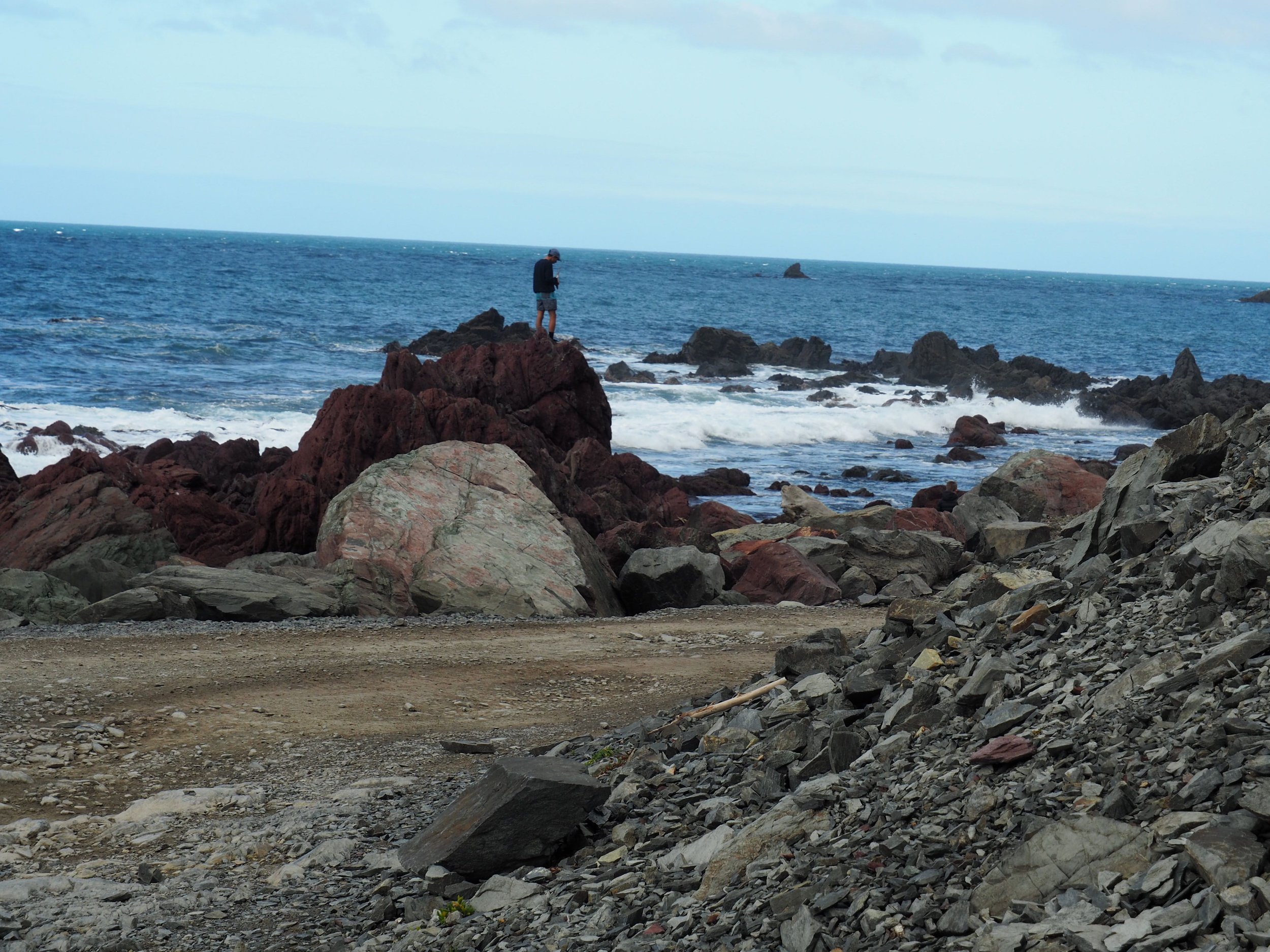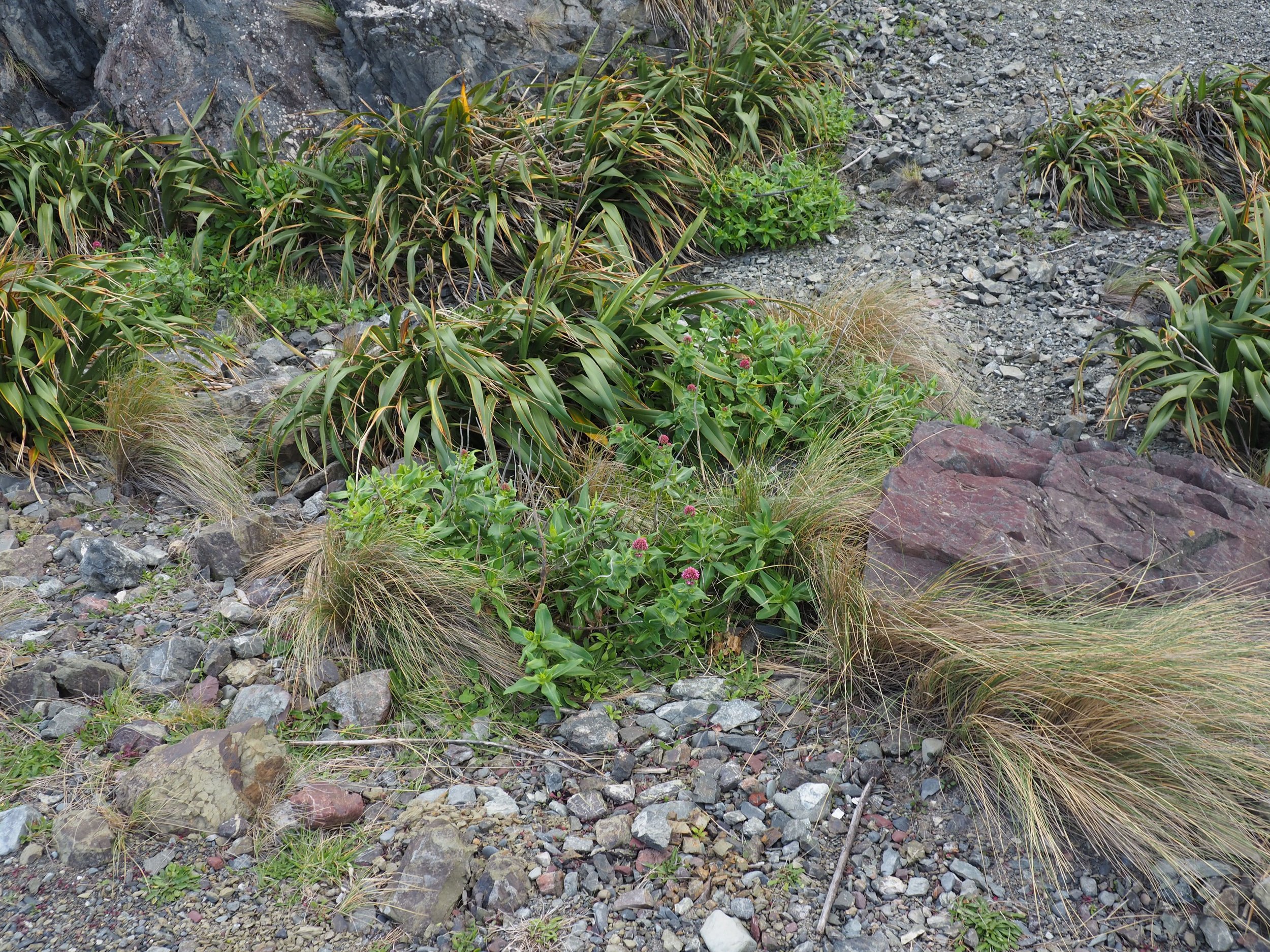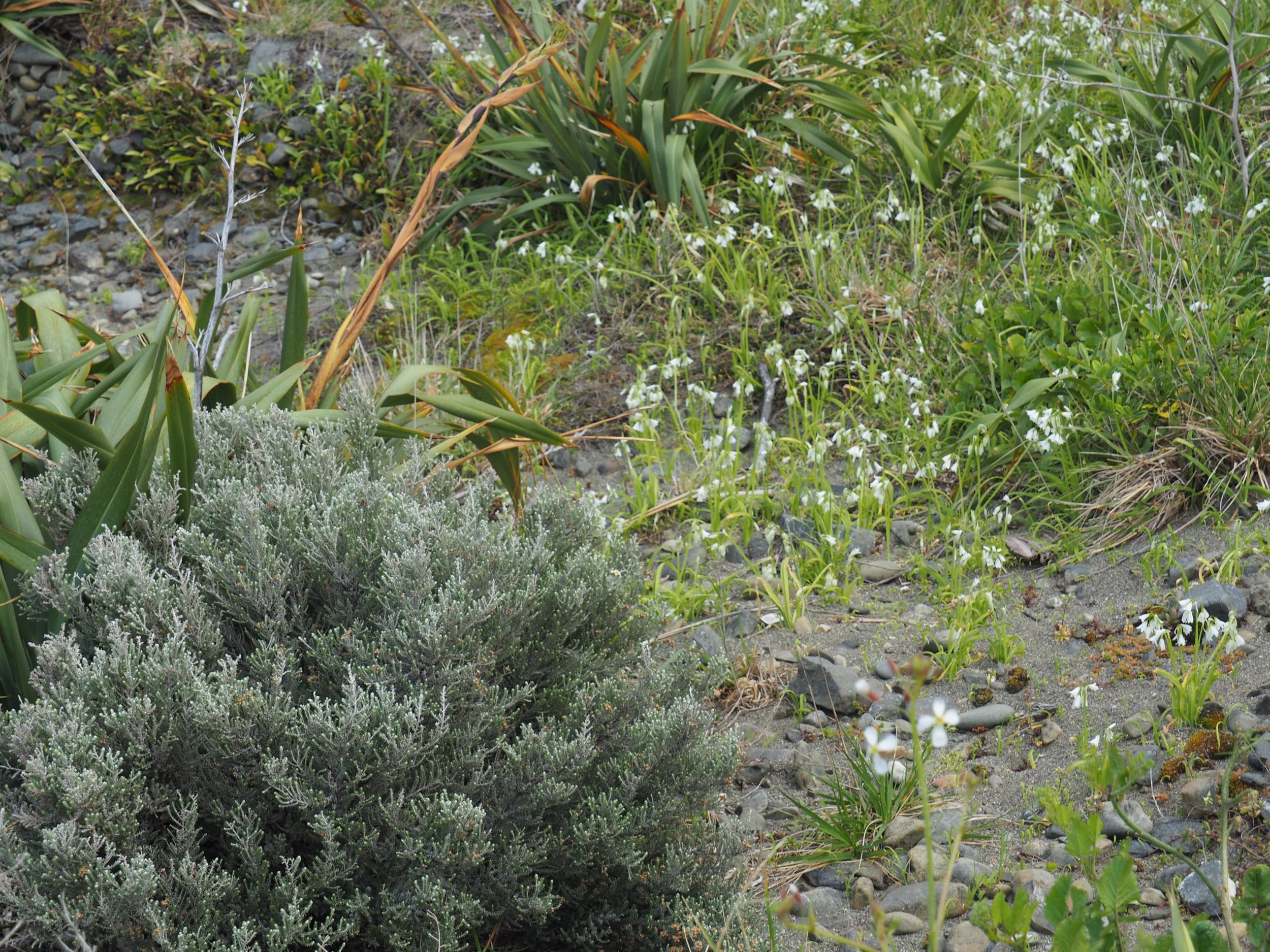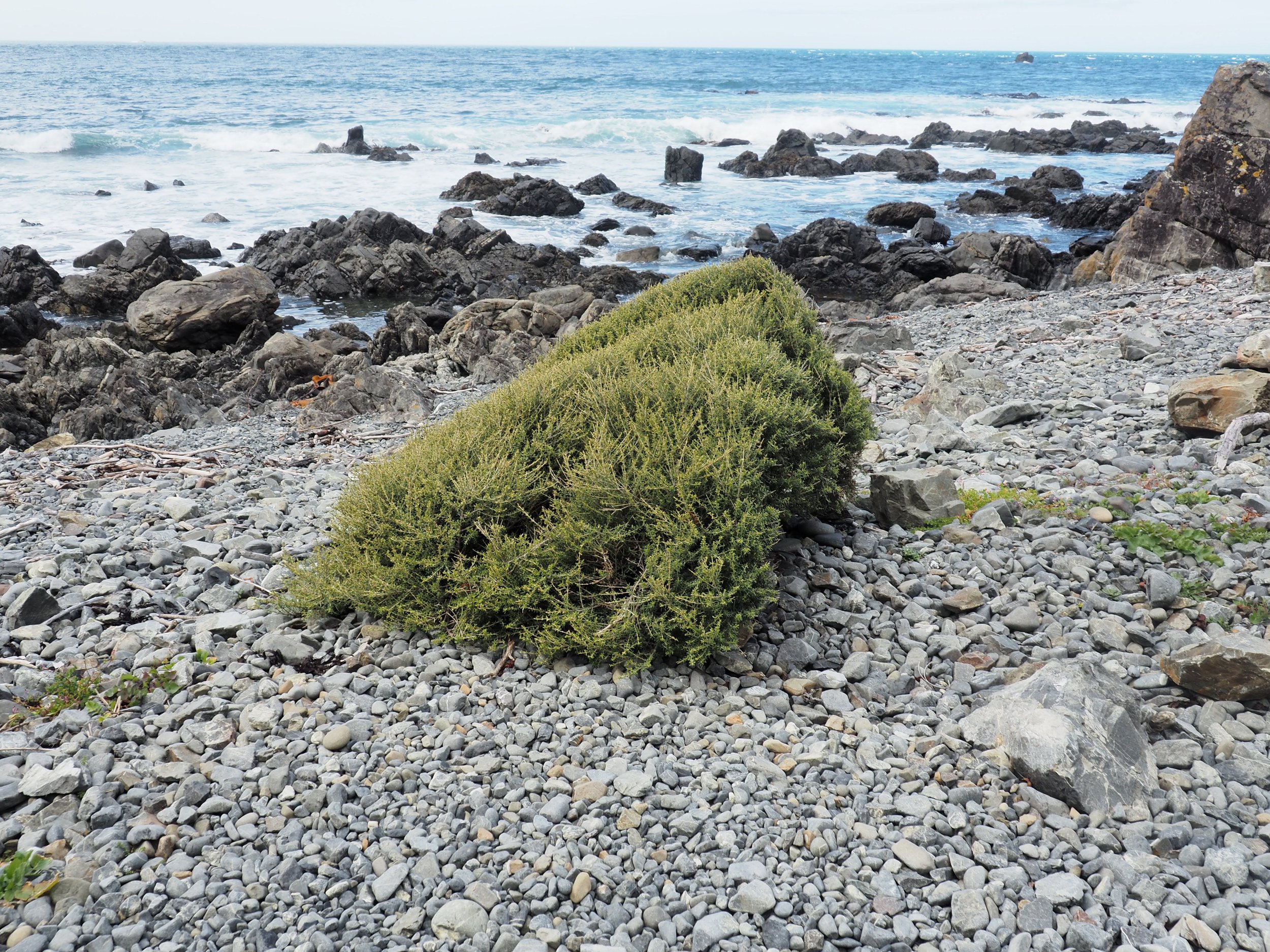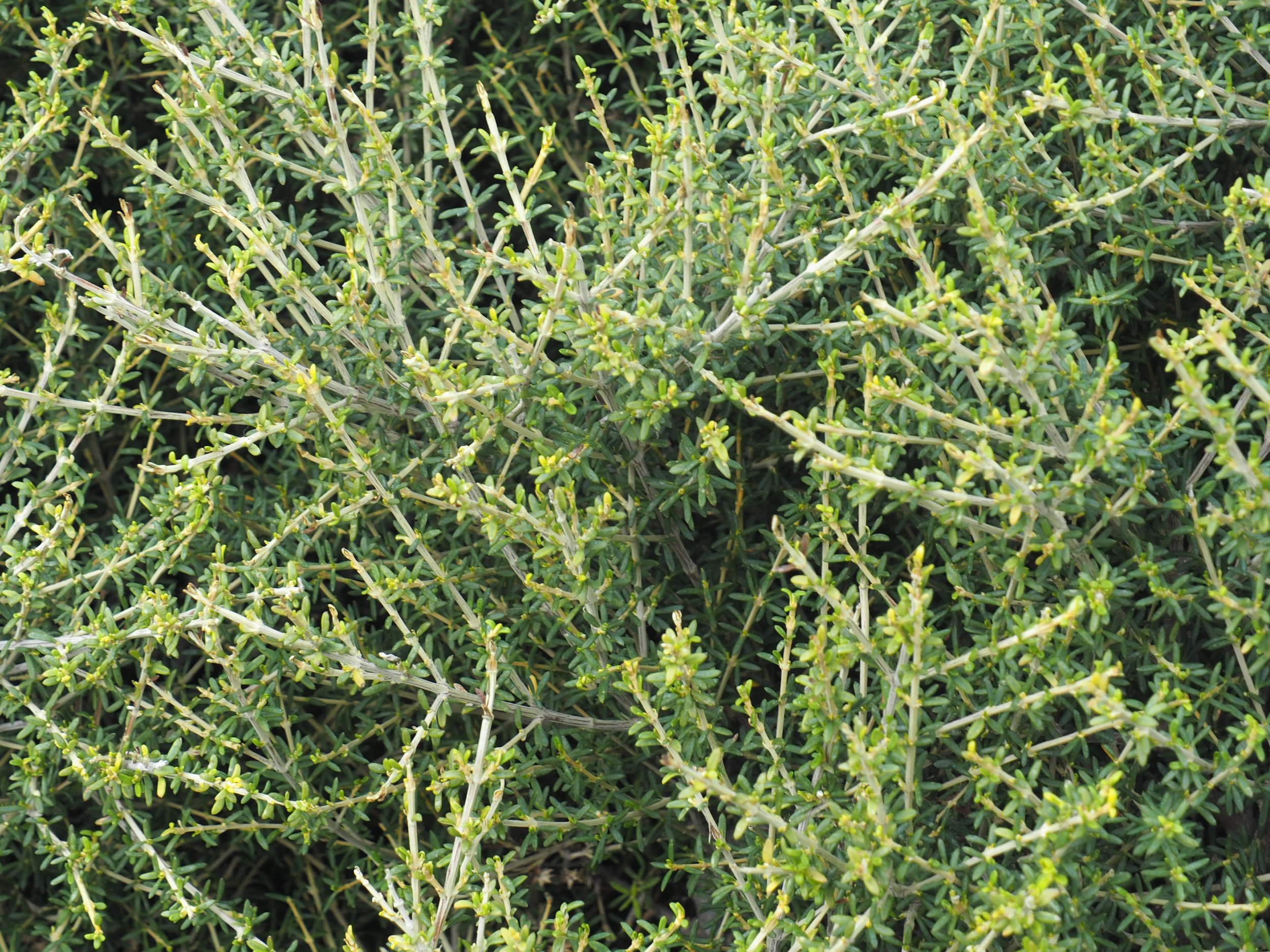I walked to Red Rocks with a couple of friends. We dragged our teenage sons along. All of them were disappointed to find themselves on a beach and not at a bowling ally, which was where they would’ve been if it’d been raining.
There’s nothing like a walk beside the sea to change your mood and shift your perspective. Maybe it’s being on the edge of things, where solid ground gives way to a great watery unknowable world. Maybe it’s the salt air or the calming effect of being dominated by landscape rather than buildings. Maybe it’s the colours and the textures of the living world or being doused in bright natural light. Who knows for sure? But one thing was certain, we felt better for it, even the boys - who ran, threw stones, climbed hills, waved sticks and yelled into the wind.
Te Kopahou Visitor Centre Car Park.
Red Rocks, Pari-whero, is about an hours walk from the Owhiro Bay Quarry, which is where we parked. The disused quarry is a 20 minute drive from the centre of town. Wellington is special like that. Wilderness is in easy reach, thanks to extreme geography, extreme weather and a small compact population. This wild stretch of coastline looks and feels like its a million miles from anywhere.
Owhiro Bay Quarry.
It’s easy to see remnants of the old quarry: the cut away rock face and the patchy vegetation on the hills. Back in the 90s a group of locals campaigned for the quarry to be closed on environmental grounds. After hundreds of mail drops, public meetings, letters to the editor and visits to councillors, year after year after year - they won. The council did a land swap with the quarry owners and Owhiro Bay Quarry became public land. An industrial site was transformed into a stretch of ‘natural looking’ coast thanks to extensive earthworks; the removal of buildings, gravel piles and rubbish; and tree planting.
Owhiro Bay and and the coastline beyond face south-east. It’s very exposed and gets the full force of the salt laden ‘Southerly Buster’ (as Katherine Mansfield called it). It cops the northerly too. You can tell this at a glance. The landscape is stark and windswept. Lots of plants are so battered by the wind that they grow sideways. What you’ll notice, as you travel along the coast with us, are the sheltered pockets and microclimates - some are tiny. These are where the plants are lusher and more plentiful. Plants are clever. They use rocks, logs and undulations in the ground to find easier places to grow. You’ll also notice the way that plants naturally grow together in clumps. It’s something I practice in my own garden, which is often battered by strong winds, especially in spring. Gardening in the wind deserves to be a dedicated blog post - watch this space.
I’m embarrassed to say that despite having lived in Wellington for 20 years this was my first visit to Red Rocks.
This is the Hape Stream, which was reshaped when the area was transformed after the closure of the quarry.
The grasses in the photo have been hand planted. The rock face of the quarry was hydro-seeded. The council, school groups and community groups replanted the quarry and area around it.
I’m a complete novice when it comes to plant identification, especially New Zealand shrubs and small plants. I have a bunch of books on native plants that I’ve bought at book sales (and a new book I treated myself to a week ago). What I’m trying to say is that I’m giving you my best guess when I’m naming plants. Bare with me.
According to ‘100 best plants for New Zealand gardens’ by Fiona Eadie, the grasses in the photo above are a species of Carex. Carex isn’t even a grass. It’s a sedge - whatever a sedge is. I assumed that any plant that looked tufty and grassy was a grass. Well, I was wrong.
Grasses belong to the Poaceae family and Sedges belong to the Cyperaceae family. They aren’t even distant relations. Sedges have angular stems and grasses have round hollow stems (bamboo is a grass). Sedges have leaves that lie along the stem in 3 vertical planes, whereas the leaves on grasses are in 2 rows on the side of the stem. Then there’re rushes (which also look grassy and tufty); they belong to the Juncaceae family, but that’s another story.
Incidentally, Carex is a prolific self-seeder and that’s why it grows all over the place.
This log on the beach has created shelter for a variety of plants to grow. Pingao, Ficinia spiralis is the pale sedge growing in front of the green plants. It’s perfect for conquering the sand dunes thanks to its underground stems and tough leaves.
All along this coast native and exotic plants grow together and only the toughest and most persistent survive. I admire all of them.
A number of exotic plants have escaped suburban gardens and ‘gone bush’. Some are pests and out compete native plants. Some people get evangelical, believing that only native and food plants should be grown in New Zealand, but that’s not me.
Don’t get me wrong. I love our native plants. I love learning about them and growing them. I support their re-introduction to our cities, suburban areas and wild places. The thing is, I’m a plant lover, I love all plants (well maybe not white alyssum, which is prissy or petrol station carnations, which make plastic flowers look real). But seriously, all plants have interesting back stories. Once I knew that dock leaves were good for nettle stings and all parts of it could be used as a dye, well, it changed the way I saw it. I started to have a grudging respect for it.
The big shrub with the glossy leaves is one of my favourites. It’s called taupata, Coprosma repens and grows into all sorts of twisted shapes along the Wellington coastlines. In exposed places it’s more horizontal than upright. In sheltered spots it can grow taller than 3 metres.
This coastline is part of Te Kopahou Reserve, which is 600ha in size and covers some of Wellington’s wildest hills and valleys. There are plants that are endemic to this area that aren’t found anywhere else in New Zealand. Last year I wrote about a walk some friends and I did in the Reserve - the blog is titled ‘Survival’.
This flax bush is getting ready to flower. There are two kinds of flax, coastal and mountain. This flax, wharariki, Phormium cookianum is coastal flax, subs. hookeri. It has a weeping habit whereas the mountain flax is upright.
Flax needs space. If I’ve learnt anything about this plant it’s that. I have three flax bushes in my garden, the weeping kind. Two of them are jammed up against a low fence. The other is in its own garden with space to spread. Flax needs room for its leaves to fan out or else it looks blobby.
There are a number of baches, holiday houses, further along this road. Some of them date back to the early 1900s. There’s probably always been a track of sorts along this coast. Early Māori used to visit the area to fish and collect bull kelp. There’s documented evidence of a settlement at Sinclair Head, Rimurapa.
The current road would’ve been widened and upgraded to enable trucks to transport rock from the quarry. We were passed by 4 or 5 vehicles on our walk and this annoyed us. Most of the traffic were people out for a drive, which they had every right to do, it’s a road - well technically it’s a track (tracks are cheaper to maintain than roads).
Access has been one of the biggest issues facing this coastline. Conservationists want to see vehicles banned from using the road, whereas other groups (namely people who drive 4-wheel drive vehicles or dirt bikes) believe it’s their right to be able to drive along it.
The Department of Conservation stated in one of its documents that foredune vegetation is the most threatened ecosystem out of all the areas it manages. You don’t need to score 160 in a Mensa test to figure that one out. Go on, have a closer look at the photograph above. It’s obvious what the number one threat is to this ecosystem.
You can see how the underground stems of pingao spread through the sand.
The reedy plant above is oioi, jointed rush, Apodasmia similis syn. Leptocarpus similis. It belongs to the Restionaceae or restio family. This family is native to the Southern Hemisphere. I have two oioi plants growing in my garden. The black lines on the stalks are its leaves. There are male and female plants. The female plant has stunning red flowers that catch the light beautifully. These versatile plants can grow in wet or dry situations and the reedy stalk will change colour accordingly (blue-green in wet ground and orange in dry ground).
Oioi look great planted in groups. They also look great planted with contrasting foliage plants in ones or twos in smaller spaces. I’m a big fan of this plant and reckon it could be used in lots of creative ways.
This grey mat-like plant is called scabweed, Raoulia hookeri. This plant is usually found in mountainous areas, but grows on rocky ground on this coastline.
We’ve arrived at Red Rocks, Pari-whero. The early settlers, being straightforward literal types, named this part of the coast after the colour of the rocks. The rocks were formed 200 million years ago by undersea volcanic eruptions.
Most Māori legends about these rocks involved blood being spilt on them. The red was the blood of Maui or Kupe or Kupe’s daughters.
This is the view back towards the Owhiro Bay Quarry from Red Rocks, Pari-whero.
This plant looks like southern salt-horn, Salicornia australis. It grows in rock crevices and on rocky beaches near the high tide mark.
Wild celery Apium australe, is found in rocky places.
This orange lichen is called Xanthoria ligulata and grows on rocks in coastal and lowland areas. You can also see it on concrete and gravestones. It turns a blue-green colour when it grows in the shade.
The pink flowering plant is valerian, Centranthus ruber, and is considered a weed in New Zealand. It’s colonised many hillsides around Wellington, which turn pink in spring when the plant flowers.
A Carex and an ice plant, Disphyma australe, are growing on a sheltered ledge on the northern side of this large rock.
Out of all the baches (holiday houses) built along this coastline, 4 of them have heritage status. They were built in the early 1900s and have been kept in original condition by the owners. I bet this is one of them. It reminds me of Derek Jarman’s garden and house, Prospect Cottage, in Dungeness. This stretch of coast has something of the bleak beauty of Dungeness.
This stream, sheltered by sandhills and large rocks supports a lush environment - lush compared to life on the other side (see the cave photo above).
This weeping shrub looks like rautahi, Carex geminata, also known as cutty-grass.
Here is another sedge. This one is called leafless sedge, wiwi, Scirpus nodosus. It’s found in wet or damp areas on the coast and inland.
Here are some of the trees that have been wind blasted into small mounds. From left to right: taupata, tauhinu, hebe and ngaio Myoporum laetum.
The grey-green shrub in the picture above is a marvellous pioneering plant. It’s called tauhinu, cottonwood, Cassinia leptophylla. It’s tough and grows in places where most plants would wither and die. It has honey scented flowers too.
Flax flowers.
This sheltered hillside is beautiful to look at with its different textures, shapes and shades of green. The flax waterfalls down the cliff and trickles through the hummocks of coprosma repens, pohuehue, Muehlenbeckia complexa and fan shaped clumps of oioi.
A karo tree, Pittosporum crassifolium, surrounded by pohuehue, Muehlenbeckia complexa. Karo has very pretty red flowers in spring, which the birds love.
The bobbly blobs of pohuehue, Muehlenbeckia complexa look like green eruptions on the hillsides.
This shrub (above and below) is the coastal tree daisy, Olearia solander.
I was surprised to see so many plants growing so close to the sea. Growing up this tall rock is pohuehue, Muehlenbeckia complexa (in the photo above and below). This plant has a divaricating form. New Zealand has a number of divaricating plants, which (in the words of the wonderful Dr Leonard Cockayne, ‘New Zealand Plants And Their Story’, 1919) ‘consists of a shrub forming a close, unyielding, often cushion-like mass, with its numerous extremely wiry or rigid, much interlaced branches and twigs which are given off at a wide angle’.
These oioi plants are growing very close to the sea. During stormy weather waves crash over them. I remember reading (New Zealand Plants and Their Story) that more plant life grows on rocky shores than on sandy ones. Rocks are more stable than sand. The rocks provide shelter and trap soil and moisture. Maybe that’s why the oioi is happy to grow here. Their roots are able to hold on tightly and find enough water to drink.
Here’s a picture of my son walking towards ‘Devil’s Gate’. On the other side is Sinclair Head, Rimurapa, where there’s a fur seal colony, and our ultimate destination.
Devil’s Gate is the reason why some people drive along this road. This gap between the rocks requires some seriously good driving skills to get through. It’s not uncommon for vehicles to get stuck.
This is Sinclair Head, Rimurapa.
Here is the tree taupata, Coprosma repens growing over a rock.
There’s a seal pup to the left of the adult fur seal.
Then it was time to go, the boys were hungry. We promised them lunch and milkshakes. It was a long way back.
We were walking back up to Devil’s Gate, and were only a couple of metres from it, when we had to step aside for a man in a four-wheel-drive who was in too much of a hurry to wait for us. Then he stopped right in the middle of the gap, blocking our exit. Maybe he was stuck or was having engine trouble. He stepped out of his vehicle and we noticed that he was holding a large object, from which an aerial protruded. It was a drone controller. And hovering five metres above his head was a done. We waited and we waited and we waited while he moved his drone. He was trying to find the perfect spot. He wanted to film himself driving through Devil’s Gate.
There was the sound of the waves breaking on the rocks and seabirds. It would’ve been peaceful if not for the buzzing of the drone. It was a sound that ordinarily wouldn’t grab your attention, but here, away from the city and its screeching, jarring, grating racket, it stood out like a siren. My son asked if he could throw a rock at it. ‘Sure, go ahead,’ I wanted to say. ‘Smash the damn thing out of the sky. Make that man’s day.’ But I didn’t.
Ten metres from the guy were a handful of fur seals and their pups, basking on the rocks. This was their home. The guy with the four-wheel-drive and the drone and the sense of entitlement had forgotten what was important about this place, this fragile ecosystem. That it didn’t belong to him. He was the visitor. And like all people visiting another’s home (the plants and animals in this instance) you treat it with respect.
The drone.
Finally, we got through Devil’s Gate and headed back the way we’d come, feeling virtuous. We’d walked all the way to the fur seals at Sinclair Head, Rimurapa, not like the cheaters in the cars. The sun came out. The wind died. We felt alive. We’d seen real wild animals. Animals that lived and moved between two worlds, the unknowable sea and the watery edge of land.





















